What Should You Do if Bitten by a Tick?
Parasites are never a pleasant thing to
discover on your body, but ticks are of special concern, as some strains
carry and transmit Lyme disease, a harrowing medical condition which
may result in long-term fatigue, joint pain, facial paralysis and severe
headaches if left untreated.
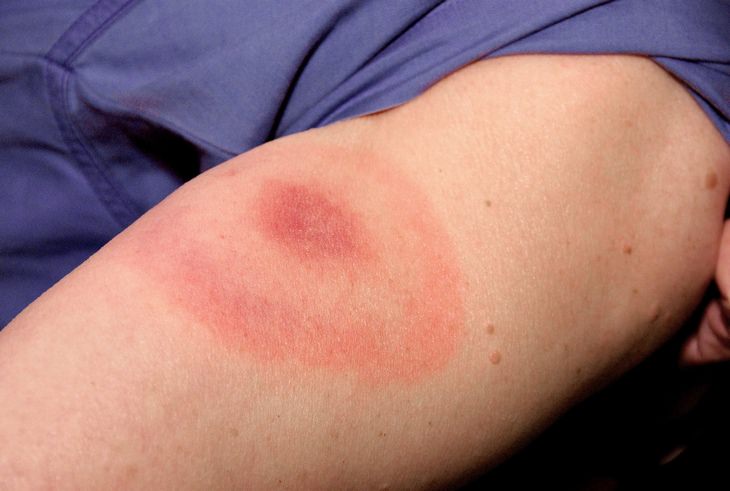
Here is what you should know about dealing with ticks
Locating the tick
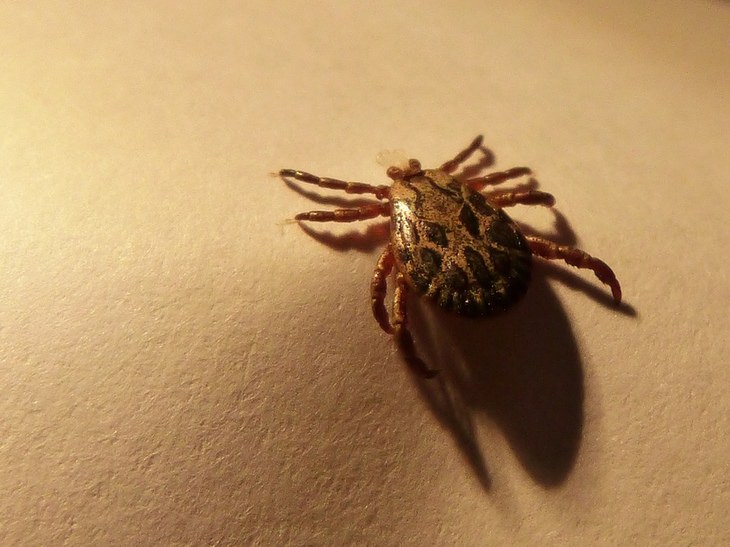

Ticks like humidity and warmth. As a
consequence, their favorite haunts are areas of the body that also offer
them a lot of concealment, like the armpits, under the breasts, between
toes and on the groin. Make sure to check these tricky areas when
returning from an outing in a grassy area.
Identifying the threat
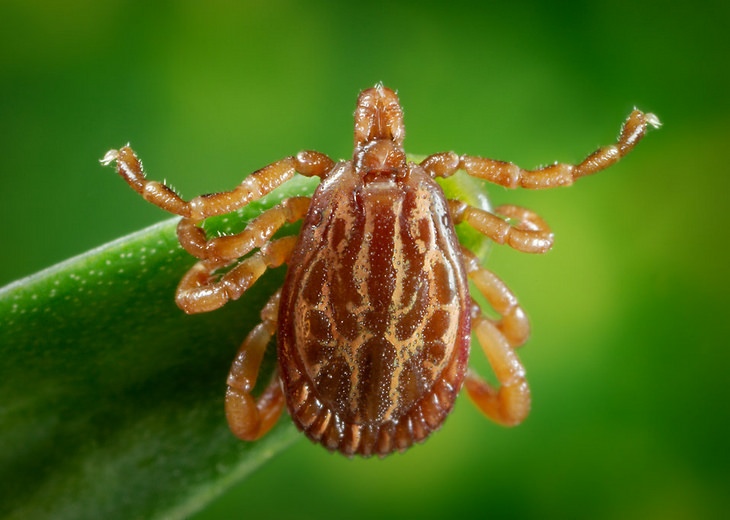

Ticks aren’t actually bugs like fleas.
They’re arachnids, related to spiders and scorpions. That means that,
unlike insects, they have eight legs and no wings. They have a wide oval
body and are incapable of jumping or flying. Ticks are very small, and
nymphs, which carry the greatest risk of transmitting Lyme disease are
tiny- about the size of a poppy seed.
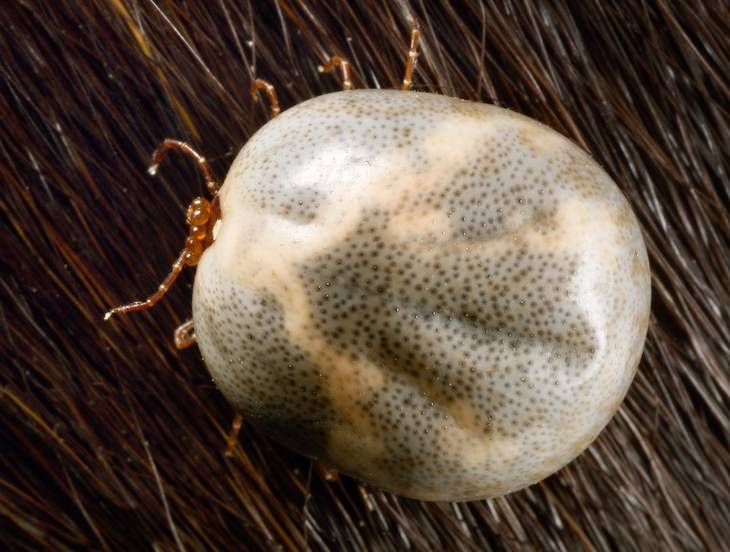
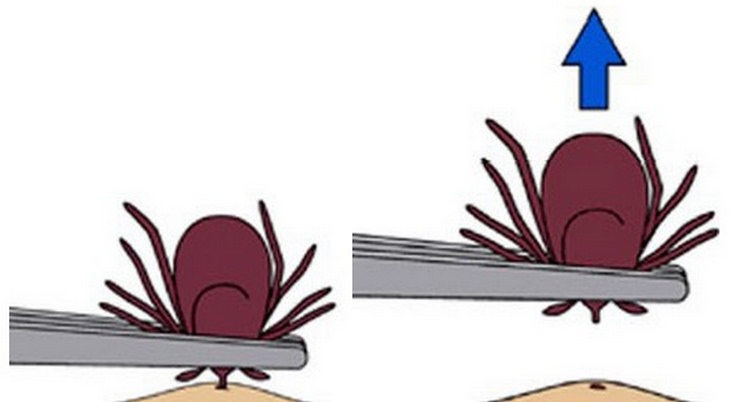
Time is of the essence

Do not use any “remedy” like applying a
cream to the area and the tick or painting the tick in nail polish, and
do not wait for the tick to detach on its own. The average time it takes
for a tick nymph to transmit Lyme disease is around 36-48 hours. Try to
gauge how long the tick has been there by remembering the last time
you’ve been around grass and looking at the tick. The longer the tick
has been feeding, the more obviously bloated its abdomen will be.
Removing the pest

Grasp the tick with fine-tipped tweezers as
close to the skin as possible and pull it upwards with a steady hand.
In case the tick is torn in the process, with the mouth still attached
to the skin, remove it separately with clean tweezers. Place the tick in
a plastic bag or sealed box. It may be important to keep it, as not all
ticks transmit Lyme disease, and identifying the culprit may be
important. After handling the tick, clean the bite area with alcohol or
soap.
Follow Up

If you develop a rash at the site of the
tick bite after removing the tick, consult with a doctor. The rash may
take weeks to manifest, so try to remember the time and spot of the
bite. Make sure to mention the tick to the doctor. The rash is typically
painless, does not itch, and may grow in size, appearing like a “bull’s
eye”. The rash doesn’t always appear this way, and in 20% of cases,
there won’t be a rash at all. If no rash is present, be on the lookout
for other symptoms, such as fever, fatigue and joint pain. If a knee
begins to swell painlessly and without connection to any physical
activity, that too may be a telltale sign of Lyme disease.
Early identification and treatment is crucial, as it may save you from
some of the harsher, permanent symptoms of Lyme disease, including
long-term brain damage.